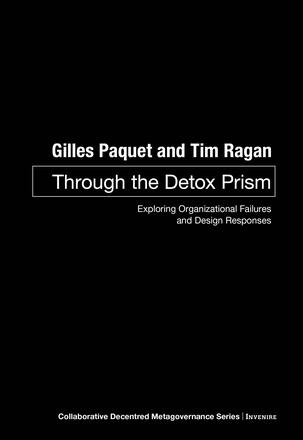
Through the Detox Prism
Exploring Organizational Failures and Design Responses
Description
This short book throws some light on the modern-day pathologies that are crippling the productivity, resilience, innovation and survival of our private, public and social organizations, and therefore of our standard of living. It probes the proximate sources of dysfunction at five interfaces: between the organization and its employees (x-inefficiency), its value chain upstream (escaping fault), its socio-physical environment (externalities), its governance regime (hijacking by certain groups), and its ethical context (moral vacancy). Toxicities at these five interfaces are interrelated and moral vacancy is of central importance in this complex of relationships that may be the source of something like two-thirds to three-quarters of the observed waste. Our inquiry, built around the Detox Prism, gauges the toxicity at these five interfaces, probes their sources, and suggests useful families of design repairs based on a mix of mechanisms of practical use in the different sectors. This detox perspective is based on a systematic effort to lift both analysts and practitioners with the skyhook of a crane in order to broaden their outlook, to lengthen their time horizon, and to help them escape from mental prisons to inspire effective and practical design thinking.